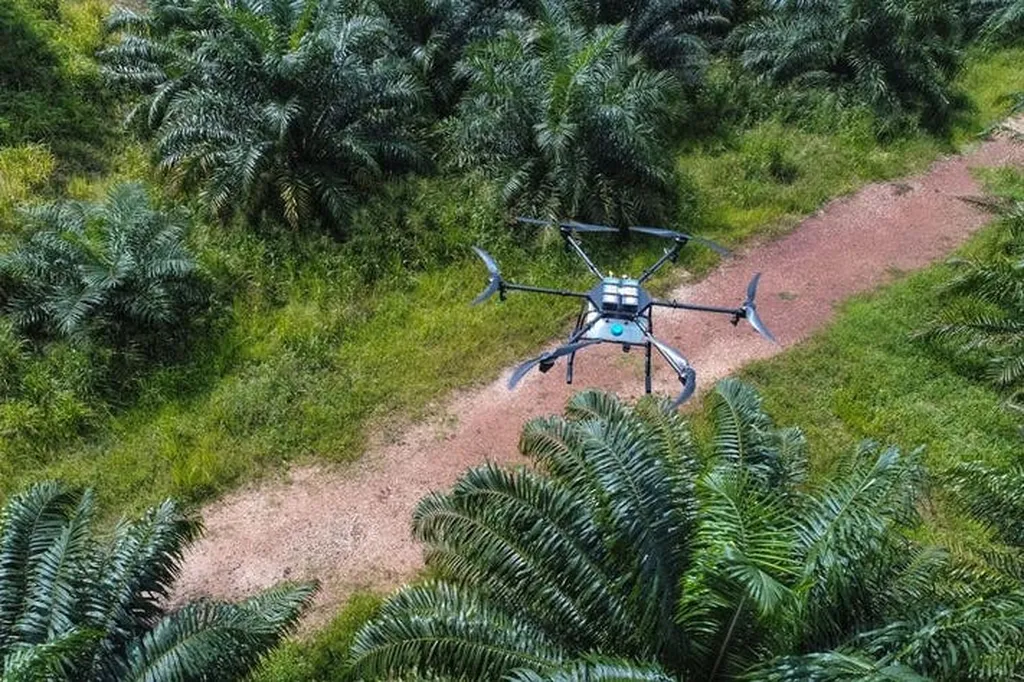In the face of climate change and a burgeoning global population, the agricultural sector is undergoing a quiet revolution, one that promises to reshape the way we grow our food and secure our future. At the heart of this transformation are smart farming technologies, which are converging to create data-driven ecosystems that could very well dictate the future of agriculture. A recent review published in *Discover Applied Sciences* (translated to English as *Explore Applied Sciences*) sheds light on the transformative potential of these technologies, offering a roadmap for sustainable farming practices that could have profound commercial impacts, particularly in the energy sector.
The study, led by Mimansha Raj from the Department of Agricultural Economics at Tamil Nadu Agricultural University, integrates findings across diverse technological domains—Artificial Intelligence (AI), Internet of Things (IoT), Unmanned Aerial Vehicles (UAVs), robotics, and deep learning—to present a unified perspective on what is being termed Agriculture 4.0. Unlike previous research that often isolates individual innovations, Raj’s review emphasizes the synergy between these technologies, creating efficient, data-driven ecosystems that could redefine agricultural productivity.
“By integrating AI, IoT, and UAVs, we’re not just improving yield prediction or reducing water usage; we’re creating a holistic system that can adapt to the challenges posed by climate change and resource scarcity,” Raj explains. The findings are compelling: AI-enabled models have improved yield prediction by 20%, UAVs have reduced water and fertilizer use by up to 96% and 40% respectively, and IoT-based smart irrigation systems have enhanced crop productivity by 25%. These advancements are not just theoretical; they are being applied in real-world scenarios with remarkable success.
For instance, disease diagnosis using AI has achieved over 90% accuracy, autonomous robots are being deployed for precision farming, and aquaponic systems are reducing water usage by 90%. These technologies are not only enhancing productivity but also contributing to sustainability, a critical factor in the face of climate change.
However, the path to widespread adoption is not without its challenges. Infrastructural limitations, financial constraints, and data governance issues are significant hurdles that need to be addressed. Raj’s review proposes actionable pathways to overcome these obstacles, including policy incentives, scalable architectures, and capacity-building initiatives to democratize access to these technologies.
The implications for the energy sector are particularly noteworthy. As smart farming technologies become more prevalent, the demand for energy-efficient solutions will rise, creating opportunities for innovation in renewable energy sources and energy storage systems. The integration of IoT devices and AI models will also require robust data management systems, driving demand for advanced data centers and cybersecurity measures.
The review, which applied the PRISMA methodology to analyze 63 high-impact studies from 2019 to 2024, offers a comprehensive synthesis of the current state of smart farming technologies and a practical roadmap for their adoption. As we stand on the brink of a new agricultural era, the insights provided by Raj’s research could shape the future of farming, ensuring food security and sustainability for generations to come.
In the words of Raj, “The future of agriculture lies in our ability to integrate these technologies effectively and make them accessible to all. It’s not just about feeding the world; it’s about doing so sustainably and efficiently.” As we navigate the complexities of the 21st century, the lessons from this review could very well dictate the trajectory of our agricultural future.

